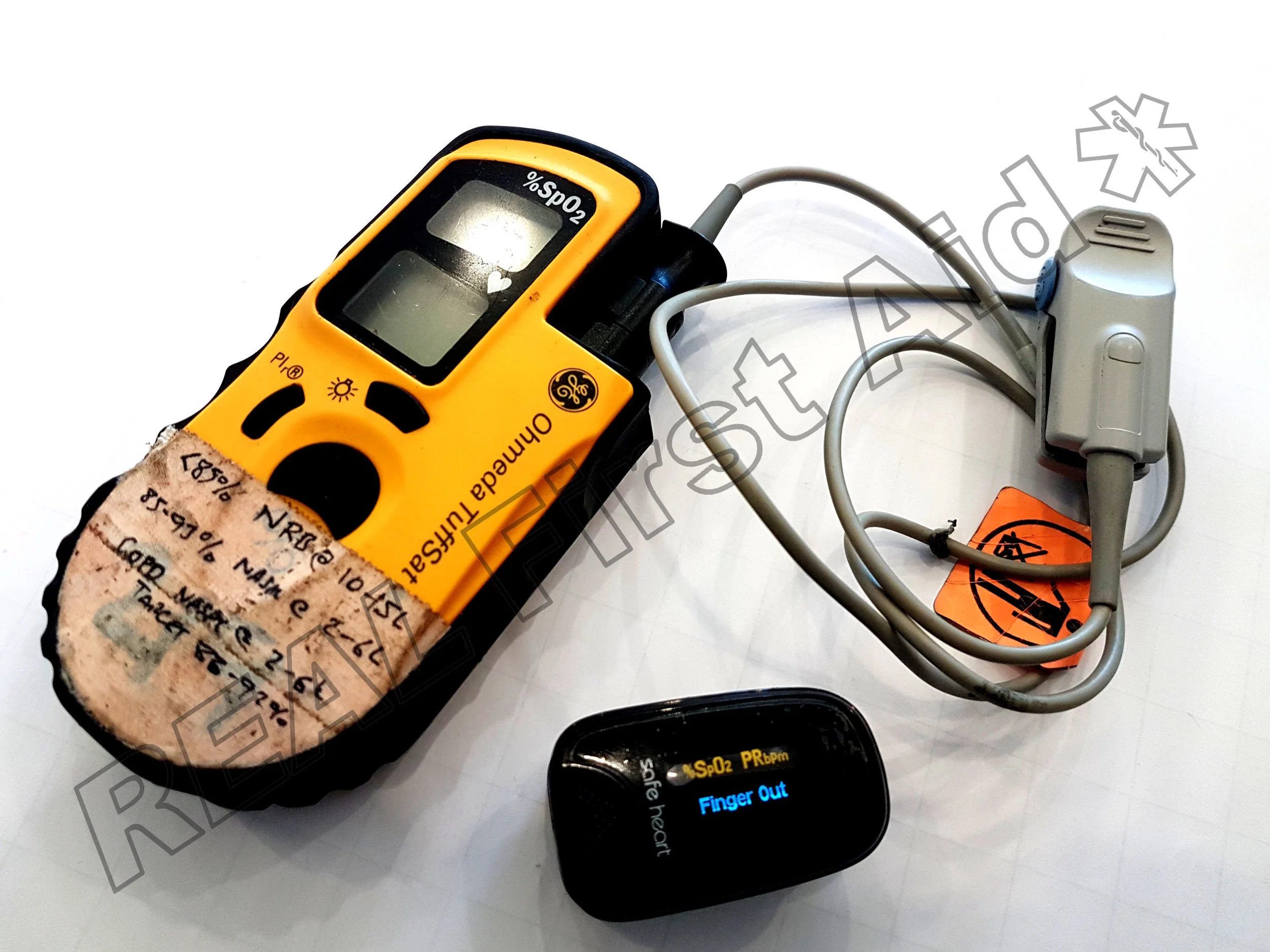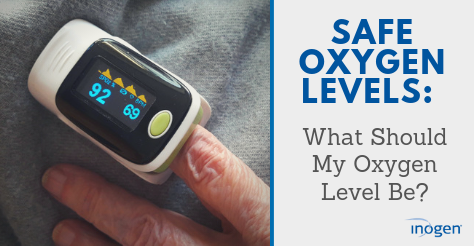Normal Body Oxygen Level
- Normal Body Oxygen Level
- Normal Human Body Oxygen Level
- Normal Body Oxygen Levels
- Normal Body Oxygen Level
- Body Oxygen Levels Normal In Adults
Understanding normal oxygen levels
The average person takes about 20,000 breaths a day. Keeping normal oxygen levels is a finely-tuned science.


Best linux torrent. “We’ve got to get oxygen from the atmosphere into our lungs; we’ve got to get the oxygen from our lungs into our bloodstream, and then we’ve got to get the blood to our cells, and our cells have to take out that oxygen.”


Blood oxygen level is an important medical tool used to determine how effectively you are taking oxygen into your body. If you're in good health, normal blood oxygen levels almost always fall within a very predictable range. Values outside of the expected levels can occur with a variety of medical conditions, most often involving the lungs. Not normal.: Some persons with COPD can tolerate a low o2 level (usually in the high 80s or low 90s) but below 88 it's usually getting problematic even for the wor. Normal oxygen level in Body covid at home treatment #corona How to check oxygen level at home How to increase oxygen level in corona How to increase oxygen l.
Contents
How do I check my oxygen level at home?
Normal Body Oxygen Level
When you are at home and don’t have all of the electronic devices and laboratory access typically found in a hospital, there are two ways to check your oxygen level:
- a portable pulse oximeter and
- assessing physical signs and symptoms.
The level of oxygen in the body can be measured in two ways. The most common way is with a blood test. This test is known as Arterial Blood Gas (ABG) test and is done by drawing blood from an artery, and then the blood is sent to a research lab, where blood analysis is done. This test helps measure the oxygen and carbon dioxide levels, as well as acidity and the pH levels in one’s blood. A problem with any of these factors — for example, high altitude, asthma or heart disease — might result in hypoxemia, particularly under more extreme conditions, such as exercise or illness. When your blood oxygen falls below a certain level, you might experience shortness of.
If you regularly use oxygen at home, it is a good idea to get a portable finger pulse oximeter. This device is similar to the electronic pulse oximeters used in medical facilities.
When you need to assess your oxygen level (or oxygen saturation) at home, this device will give you a number based on a range from 70%–100% and will also display your current heart rate. This data can be used to help you make important decisions during an emergency.
Normal oxygen saturation levels are 95% – 100%, although many patients that require oxygen at home may be at a lower baseline, ranging from 85%–95%.
If you do not have a portable finger pulse oximeter in your home, you can also learn how to assess signs and symptoms of low oxygen levels.
If you are the patient using oxygen, it is a good idea to learn these signs and symptoms yourself, but you will also want your family members or anyone who lives with you to be aware of these signs in case of an emergency.
Normal Human Body Oxygen Level
Oxygen level in the human body
Two classic signs of a low oxygen level are a rapid heart rate and a fast breathing rate. A normal heart rate is 60–100 beats per minute and a normal breathing rate is 12–20 breaths per minute. However, under conditions of low oxygen, your body responds by increasing your heart rate and speeding up your breathing rate.
How to take a pulse oximeter reading
Normal Body Oxygen Levels
- Follow your health care provider’s recommendations about when and how often to check your oxygen levels.
- Write down your oxygen levels with the date and time of the reading so you can easily track changes and report these to your health care provider.
- Be aware that multiple factors can affect the accuracy of a pulse oximeter reading, such as poor circulation, skin pigmentation, skin thickness, skin temperature, current tobacco use, and use of fingernail polish.
- To get the best reading from a pulse oximeter:
- When placing the oximeter on your finger, make sure your hand is warm, relaxed, and held below the level of the heart.
- Remove any fingernail polish on that finger.
- Sit still and do not move the part of your body where the pulse oximeter is located.
- Wait a few seconds until the reading stops changing and displays one steady number.
- Follow the manufacturer’s instructions for use.
Respiratory therapists frequently teach their patients specialized breathing techniques. According to the American Lung Association, “If practiced regularly, breathing exercises can help rid the lungs of accumulated stale air, increase oxygen levels and get the diaphragm to return to its job of helping you breathe.”

Pulse Oximeter made in USA
- Ever wonder if there are pulse oximeters made in the USA?
- How many medical device manufacturers are there in the United States?
It is also gaining popularity in other parts of the world as it can help detect Congenital Heart Defects and other heart and respiratory conditions.
What is a normal Pulse Oximeter reading?
Normal Body Oxygen Level
What are normal levels, and when should I worry? Normal SpO2 is usually at least 95%. Some patients with chronic lung disease or sleep apnea can have normal levels of around 90%. Macintosh software free download. …
Fingertip Pulse Oximeters
Body Oxygen Levels Normal In Adults
- What is the best pulse oximeter?
- What is a normal oxygen saturation level?
- Are any oximeters made in the USA?
- Pulse oximeters FDA approved and more…
Pulse Oximeters: Answering Your Frequently Asked Questions
